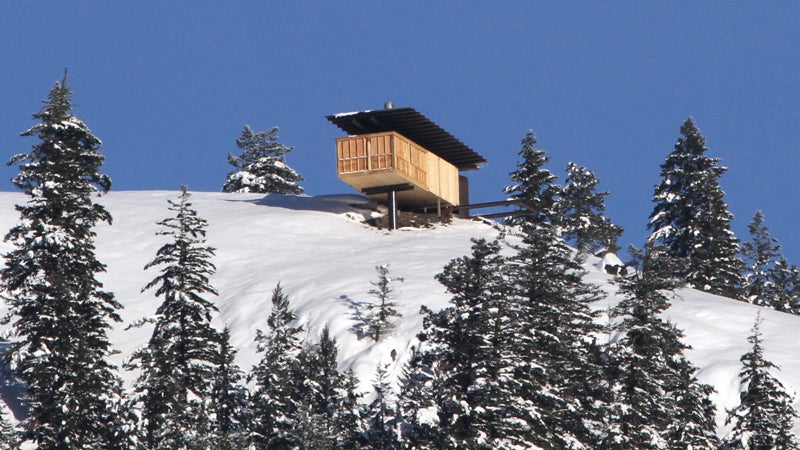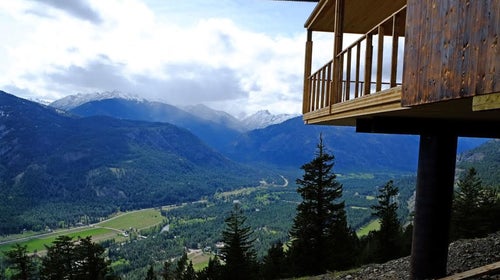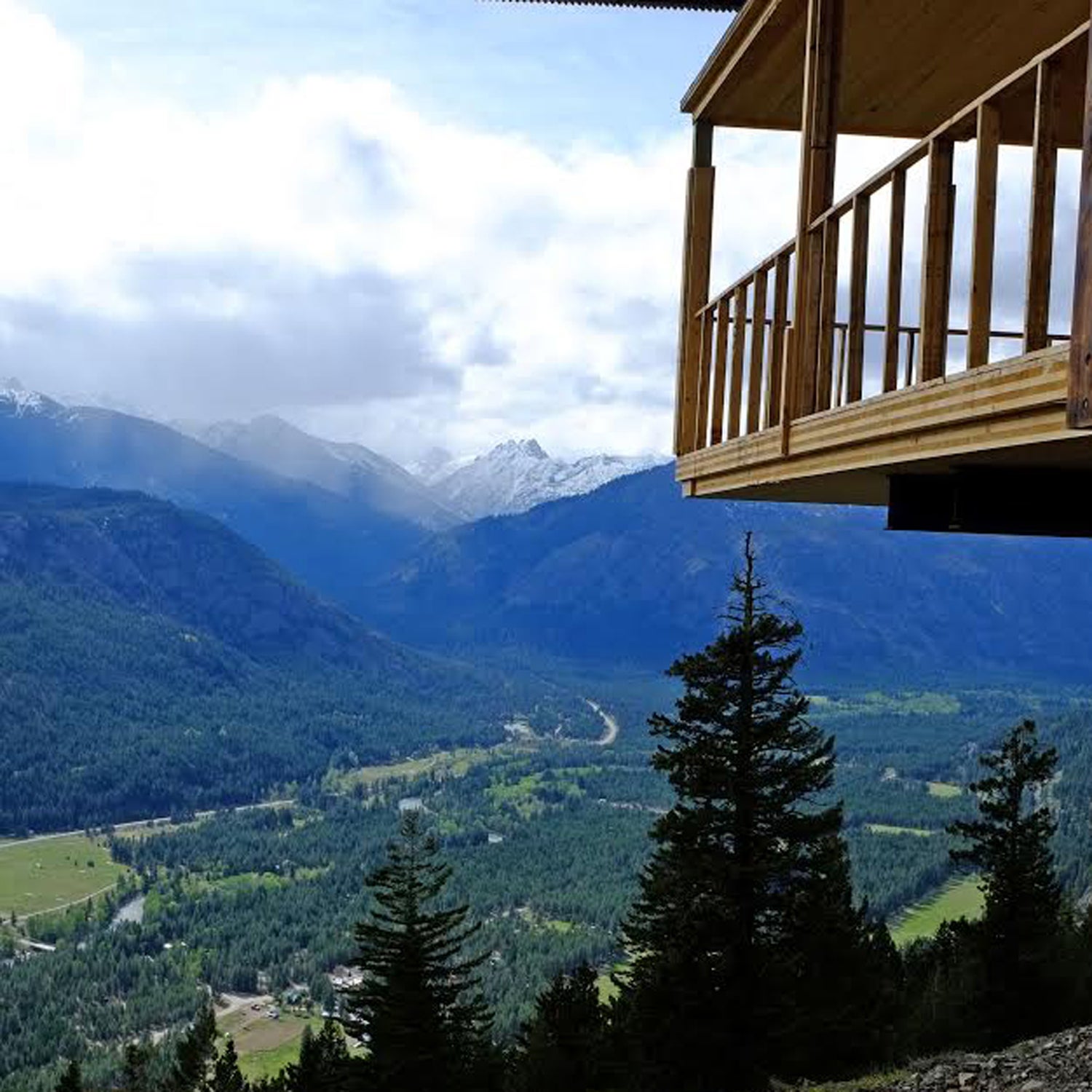The hut has got to go.
A decision handed down by the Okanogan County Superior Court in Washington last Wednesday ruled that a controversial hut on a ridge above the town of Mazama must be moved. It apparently violates protective covenants that guard the visual landscape of Washington’s Methow Valley, on the eastern edge of the Cascades. This isn’t the first time Valley residents (or U.S. residents for that matter) have fought to protect their views.
“There are thousands of cases like this, where people go to court to enforce restrictive covenants that were put on property to preserve the values or preserve views or mandate certain design approaches,” Seattle-based land-use lawyer John Hempelmann says. And Methow Valley has seen such land-use disputes before. In 1990, Bellevue-based Early Winters Resort was looking to build a . It would have been the largest recreational development in the state, but the Methow Valley Citizens Council (MVCC) teamed up with the Sierra Club to oppose the plan. Later, when R.D. Merrill—a Seattle real estate company that bought the property—proposed its own ski resort, Arrowleaf, the MVCC fought that too. in 1999, on its quest for a downhill ski resort.
“[Methow Valley] is one of the most beautiful and one of the most protected parts of northeast Washington State,” Hempelmann says. “There were fights before [Early Winters], and there will be fights after this one.”
What does surprise Hempelmann about the Mazama case is that well-known Seattle architect Tom Kundig would erect a hut on the site in the first place, given that his firm is known for quality planning and consulting. “They specialize in analyzing rules before they build for their clients. When it’s a close call, they’ll consult with someone like me.”
It appears that the dispute is simply a matter of differing opinions on whether the hut took away from or added to the landscape, since it’s unlikely that Kundig was unaware of Methow’s covenants when he erected it.
In his ruling, Okanogan County Superior Court Judge Chris Culp referred to those covenants, which are designed to preserve the aesthetic beauty of the valley, and similar versions exist in all 50 states. Any landowners can form covenants on their property, and as long as the contracts are validly reached, they’re enforceable by court. Covenants that run with the land remain attached to it despite changes in ownership. , the were drafted in 1987 by landowners who divvied the property up into three parcels. The covenant dictates that any construction be made with “constraint and special sensitivity and consideration in order to minimize the visual impact” on views from the Methow Valley floor. And although Kundig bought one piece of the property in 2011, the document states that anyone who subsequently acquires the land must abide by the original rules.
So Steve and Kristin Devin filed the suit against Kundig, Dow, and the other owners in April of last year. The community group formed in February 2013 to protest how the hut blighted their view of Flagg Mountain. The group circulated a petition that garnered about 800 signatures, but the campaign didn’t persuade Kundig to move the cabin out of view from the valley floor, so they took the dispute to court.
“This is a win for our community of residents and visitors who saw the impact of the hut,” Steve Devin said in a statement. “I’m very gratified that our rights to protect this ridge were recognized.”

Kundig’s firm, , did not respond to ���ϳԹ���’s request for comment. Co-defendant Dow defended the hut’s construction in a to several Methow Valley residents. “Tom Kundig designed this cabin with the valley’s natural elements and respect for its ecology, wildlife, history, and residents as a priority,” he wrote. “All structural and building systems and aesthetics are rooted in a pragmatic, functional approach to the existing environment, embracing the beauty on its existing basis.”
“[The hut] was very, very visible—that was the problem,” Hempelmann adds. “Maybe if it wasn’t as spectacular and less visible, it would have been able to stay there. When you make an architectural statement and it’s out on a ridge and everyone can see it, your chances of keeping it there are greatly reduced.”


